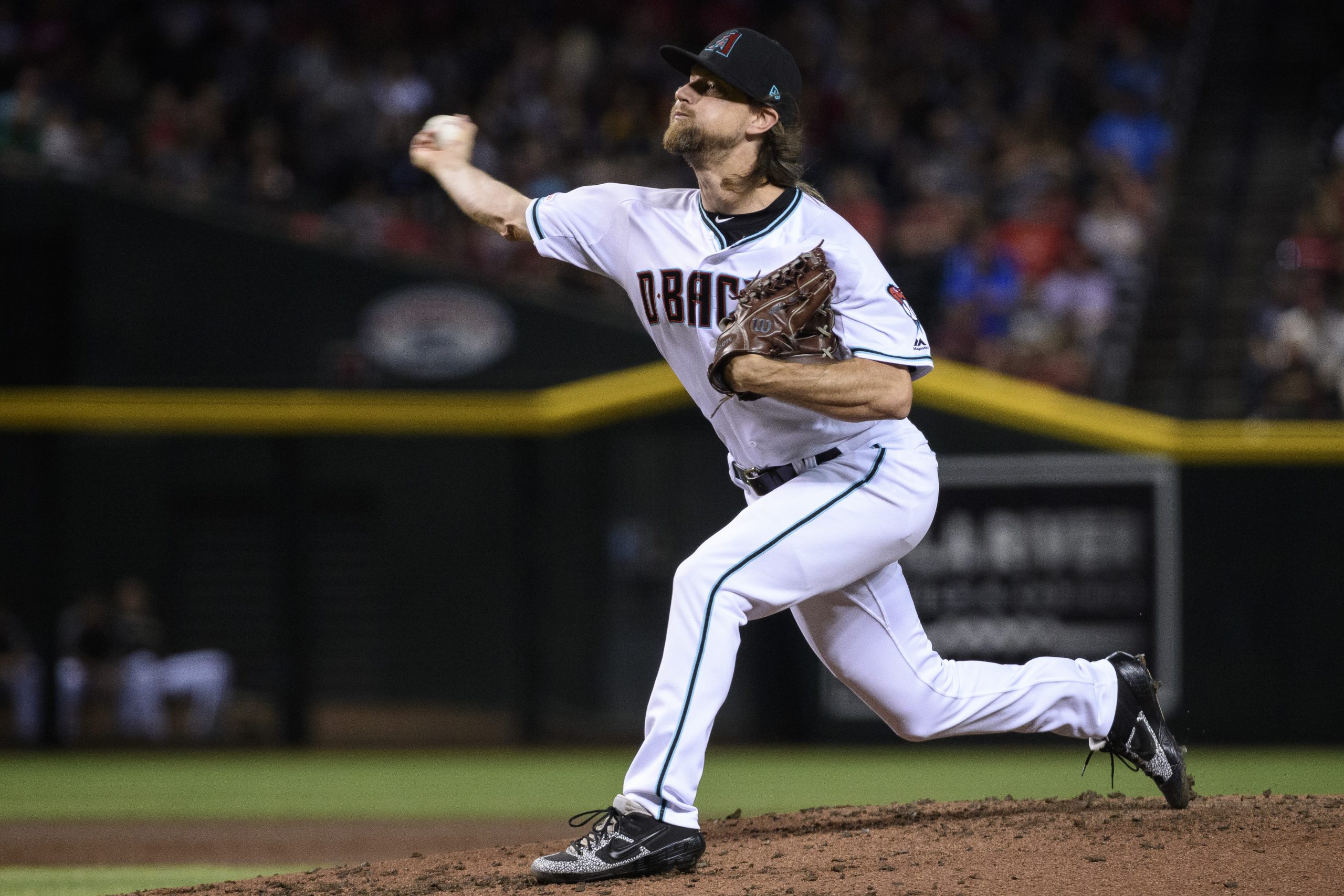Five Worst Starting Pitchers of 2019
It seems like pitchers are always evaluated by the same traditional metrics, such as win-loss record, ERA, WHIP, strikeouts per nine innings, and walks allowed per nine innings. We typically use SIERA to rank hurlers but opted for fWAR as a way to get a sense of a player’s overall value here.
Here are the five hurlers who struggled the most this year.
Mike Leake was putting together a solid, albeit unspectacular, season for the Seattle Mariners (4.27 ERA, 1.3 fWAR in 137 innings). Then he got traded to the Arizona Diamondbacks and the wheels fell off. His performance was worth -0.3 fWAR in 60 innings, which included nearly identical walk rates (3.3% to 3.1%) but a dramatic drop in strikeout rate (17.4% to 10.4%) and an equally dramatic rise in homers allowed per nine innings (1.71 to 2.25).
It’s not every day you see a pitcher with a 16-7 record end up on the “worst pitchers of the year” list, but that’s why we’re here with Dakota Hudson. There’s a huge discrepancy between his ERA (3.36) and SIERA (5.08), which is largely due to an elevated walk rate. It also wasn’t much different from the 15.3% mark he posted in ’18 through 27 innings pitched. His .274 BABIP allowed seems low given the 40.5% hard-hit rate allowed, but he balanced that out by leading qualified starters with a 56.9% ground-ball rate.
When compared to last year, the San Francisco Giants have to be ecstatic over the production they received from Jeff Samardzija in 2019. His performance was higher than replacement level, he stayed healthy for most of the year, and produced an impressive 3.52 ERA despite his peripherals saying otherwise. His home (3.55 ERA) and road (3.50 ERA) splits weren’t that different from a run prevention standpoint, either. The usage of his cutter went up significantly to 23.1% in 2019, which is the first time it’s reached that level since 2016. The 56 wRC+ and .581 OPs that offering produced are both new single-season career highs.
Jakob Junis managed a slight increase in fWAR (1.4 to 1.5) compared to last year despite a handful of fewer innings pitched. Unfortunately, his ERA didn’t have the same experience, as it jumped from 4.37 to the 5.24 mark seen above. Since making his big-league debut in 2017, Junis has watched his line-drive rate and hard-hit rate allowed increase each year, while his soft-hit rate allowed has decreased. They’re not overly drastic, but those aren’t the kinds of trends a pitching coach wants to see from a 27-year-old hurler.
This was the seventh straight year of Julio Teheran making at least 30 starts in a year, and the 33 he made in 2019 tied a career high. However, the 174.2 innings he tossed are the fewest of any year during the streak. His season-long walk rate settled in at 11.0%, which was the second straight year of it being that high. He only enjoyed one month where his walk rate came in below 10.7% (it was 5.7% in July). Teheran did see a significant improvement in the performance of his sinker — compared to 2018, the opponent wRC+ went from 61 to 48 while the strikeout rate went from 16.3% to 24.3%.
Add The Sports Daily to your Google News Feed!

